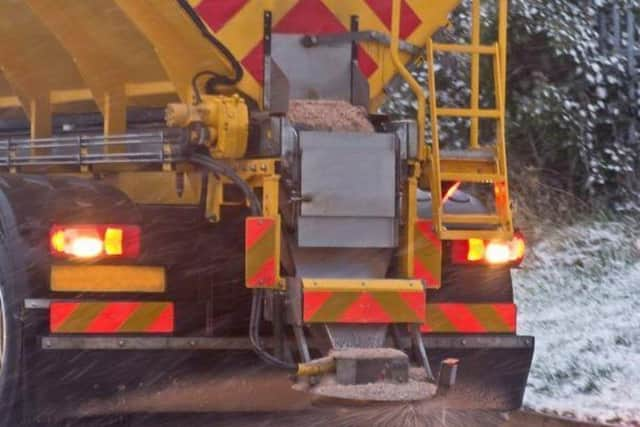Sudden spate of sick cats and dogs could be due to salt on icy roads in Milton Keynes, say worried pet owners
and live on Freeview channel 276
This article contains affiliate links. We may earn a small commission on items purchased through this article, but that does not affect our editorial judgement.
A spate of sick pets in a town has led to an urgent warning about the dangers of rock salt.
Newport Pagnell has seen several dogs becoming unwell and showing signs of poisoning during the recent icy weather. At least one has sadly died.
Advertisement
Hide AdAdvertisement
Hide AdAn admin on the town’s Facebook page contacted a vet – and was advised the problem may be due to the rock salt that has been spread over the town’s paths and roads during the recent freezing weather.


The admin, Scott Humphreys, has now put out an urgent warning on the Newport Pagnell Chit Chat Group page. He has advised dog owners to keep their pet well away from salted areas if possible.
“Wash your dogs paws on return home from walk if you suspect rock salt has been spread on roads and paths as salt may irritate paws causing dogs to lick them.”
Scott said “a lot” of dogs in the town had become unwell
“It’s not conclusive that this (rock salt) is the cause, but may well be…. My sincere condolences to those who’ve lost a valued family member,” he wrote.
Advertisement
Hide AdAdvertisement
Hide AdDog owners have thanked him of his advice and said they will now take precautions.
Rock salt is a mixture of salt (sodium chloride) and grit, and is used by Mk City Council gritters in winter. Each town and estate also grit bins, from which residents can help themselves to keep paths, redways and footways safe.
The council has 400 such grit bins in MK and there are many more run by local parish councils.
A spokesman for the RSPCA said: “ Rock salt can be a danger to pets such as dogs and cats, if they lick it from their paws or fur.
Advertisement
Hide AdAdvertisement
Hide Ad“It is difficult to say how much needs to be eaten for signs of toxicity to be seen. Even a small amount of pure salt can be very dangerous to pets. Ingestion can result in a high blood sodium concentration which can cause thirst, vomiting and lethargy, and in severe cases there is a risk of convulsions and kidney damage.”
The spokesman added: “Most cases involve animals that have walked through gritted snow and then lick or chew it off their paws as they can find it irritating. It is therefore important to thoroughly wipe your pet’s feet and the fur on his/her legs and tummy after a walk or time outside. If he/she is showing any signs of discomfort after possible exposure to rock salt, use a mild, pet-safe shampoo and warm water to wash the affected areas, and dry your pet’s fur completely with a towel after washing.
“Any animal suspected of ingestion of rock salt must be assessed by a vet immediately. This is important as signs can be non-specific and a blood test will be required to check the blood sodium concentration. Immediate veterinary treatment will be needed to rehydrate the animal and stabilise their sodium levels. The exact treatment will depend on the blood sodium. concentration and the animal’s clinical condition.”